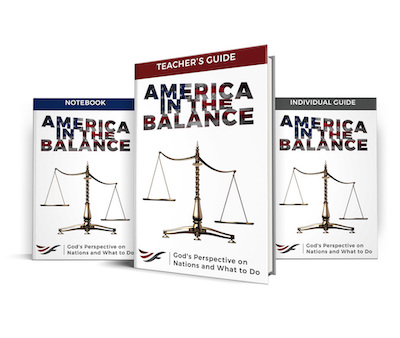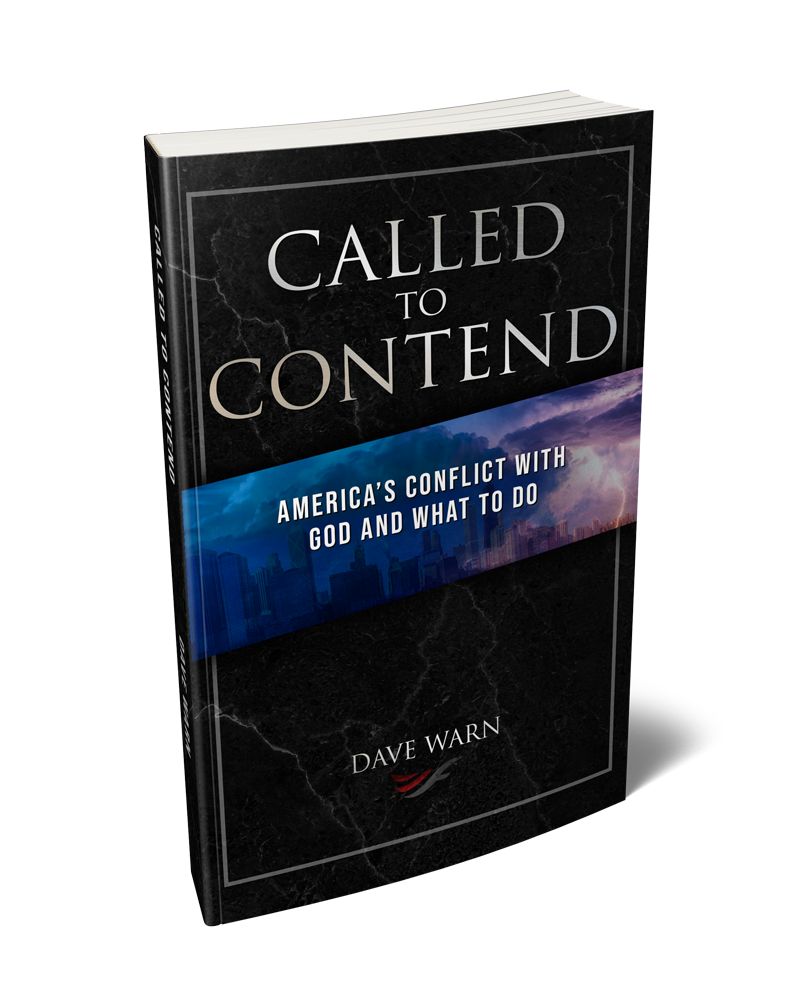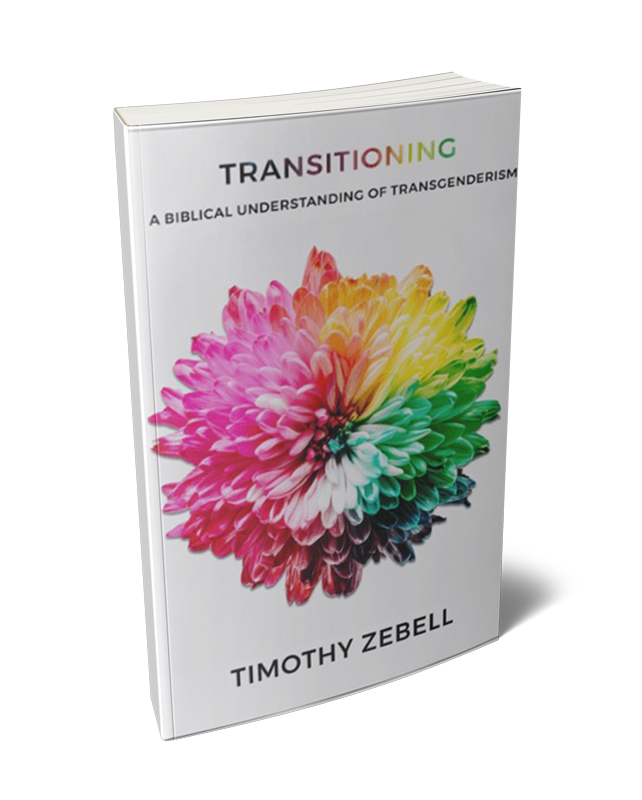As humans, we possess an incredible ability to convince ourselves of what we want to believe, irrespective of what reality may be. In the immediate hours following the murder of 12 people at a Virginia Beach municipal office by DeWayne Craddock,[1] Senator Chris Murphy (D-CT) tweeted:
150 – days in 2019
150 – mass shootings
2,876,775 – thoughts and prayers tweets from cowardly public leaders
93 – days that the Republican controlled Senate has refused to hold a vote on the House-passed background checks bill[2]
Seriously? How did we miss a mass shooting occurring every day of this year? It seems as though, were this true, the media would have been covering this tragedy rather than obsessing over impolite tweets from our president, a Covington high schooler’s smirk, Jussie Smollett’s fake assault, how MAGA hates trigger people, and the morality of border walls.
This is an example of a politician cherry-picking statistics to bolster his preferred narrative. For most people, the term “mass shooting” invokes memories of Columbine, Virginia Tech, Sandy Hook, Las Vegas, Orlando Pulse Night Club, Sutherland Springs, Parkland, and the Pittsburgh Synagogue. However, there is no consistent national standard for defining mass shootings.
Senator Murphy’s statistics likely come from Gun Violence Archive[3] which determines a mass shooting “based ONLY on the numeric value of 4 or more shot or killed, not including the shooter.”[4] Given this definition, any gun-related attack that injures four people, even if the bullets only graze them, is considered a mass shooting, regardless of whether anyone is killed. According to Gun Violence Archive, there have been 156 mass shootings as of June 4, 2019.[5]
In contrast, Mother Jones, who has tracked these incidents since 1982 and defines a mass shooting as “a single attack in a public place in which four or more victims were killed” has only identified four such occurrences in 2019.[6] Moreover, one of these doesn’t even match Mother Jones’ own criteria as it was a Pennsylvania hotel bar shooting that resulted in the death of only three—not four—and the injuring of one other.[7]
There is an immense difference in perception between a mass shooting occurring every day and three mass shootings over a five-month period. Mother Jones is not a pro-second amendment publication. It strongly leans left and supports gun control measures. Nevertheless, Senator Murphy conveniently ignored the data of Mother Jones, choosing instead to create the impression that there is an epidemic of mass shootings by cherry-picking his data.
Although some politicians and media outlets[8] may want us to believe the contrary, there is no epidemic of mass shootings in America. Research by University of Illinois professors Sheldon Jacobson and Douglas King found that while Americans are more aware of mass-killing events, the rate at which they’ve occurred has remained steady for more than a decade.[9] Likewise, Grant Duwe, author of the 2017 book Mass Murder in the United States: A History writes:
A mass public shooting, as I’ve defined it in my research, is any incident in which four or more victims are killed with a firearm within a 24-hour period at a public location in the absence of other criminal activity (robberies, drug deals, gang “turf wars”), military conflict or collective violence. For instance, last year’s mass murder at the Pulse nightclub in Orlando would qualify, but the 1890 massacre at Wounded Knee would not, nor would a familicide in a private home, nor a shootout between rival gangs.
Within these boundaries, there have been 140 mass public shootings in the United States since 1976 (the rest have been mostly familicides and felony-related massacres), which amounts to an average of a little more than three per year.[10]
Duwe concludes, “Since the mid-2000s, the incidence of mass public shootings on a per capita basis has been a bit higher than it was in the preceding 10 years. But the rates over the past 10 years are no higher than in the late 1980s and early ’90s, when the frequency of mass public shootings led to the creation of policies designed to address violence in schools and workplaces.”[11]
By conflating gang wars, military conflicts, familicides, and more with mass shootings, and by diminishing the term to merely include gun-related injuries, those who want to convince themselves and others that there is an epidemic of mass shootings in America can compile some disturbing statistics. Moreover, this belief is bolstered by an abundance of false information, such as a Department of Education report that nearly 230 schools reported at least one incident involving a school-related shooting during the 2015–2016 school year.
According to an NPR investigative piece titled “The School Shootings That Weren’t,” “NPR reached out to every one of those schools repeatedly over the course of three months and found that more than two-thirds of these reported incidents never happened. Child Trends, a nonpartisan nonprofit research organization, assisted NPR in analyzing data from the government’s Civil Rights Data Collection. We were able to confirm just 11 reported incidents, either directly with schools or through media reports.”
Indeed, a 2018 Northeastern University study found that “shooting incidents involving students have been declining since the 1990s.”[12] According to the study, “Since 1996, there have been 16 multiple victim shootings in schools, or incidents involving 4 or more victims and at least 2 deaths by firearms, excluding the assailant. Of these, 8 are mass shootings, or incidents involving 4 or more deaths, excluding the assailant.”[13]
According to Harvard professor David Ropeik and author of How Risky Is It Really? Why Our Fears Don’t Always Match the Facts, the statistical likelihood of a public school student being killed by a gun in school since 1999 is only 1 in 614,000,000.[14] Likewise, New York Magazine reports that the likelihood of an American dying via a car accident, drowning, or even choking on food are orders of magnitude higher than that of dying via a mass shooting.[15] In fact, far more Americans die each year from the flu than by any gun related incident, whether the result of a mass murder or a simple accident.[16] Nevertheless, Senator Chris Murphy and others have convinced themselves that one of the most pressing dangers for Americans today is gun violence—and mass shootings in particular.
As humans, we have an incredible ability to convince ourselves of the things we want to believe, irrespective of the facts. Unfortunately, our obstinate commitment to our preferred narrative can make it nearly impossible to consider things from a fresh perspective—let alone admit that we may be entirely wrong. Instead, we often gather together opinions and facts that match our preferred narrative, even if they are erroneous, decontextualized, or conflated.
Perhaps we ourselves have made this same mistake when it comes to the fate of our nation. We want to believe that life as we know it and our standard of living will continue indefinitely. We want to believe that God is too loving and merciful to ever call our nation to account for its moral depravity and rebellion. We want to believe that God would not use national times of difficulty to provoke repentance and to draw people back to Himself. But could it be that our patriotism, our sense of “normal,” and our spiritual apathy have prevented us from seeing that our preferred narrative does not match the patterns we find in Scripture (Lev. 18; 2 Chron. 15:1–9; Amos 4:1–12)?
God’s prophet to the nations, Jeremiah, warns, “At one moment I [God] might announce concerning a nation or a kingdom that I will uproot, tear down, and destroy it. However, if that nation I have made an announcement about turns from its evil, I will relent concerning the disaster I had planned to do to it. At another time I announce that I will build and plant a nation or a kingdom. However, if it does what is evil in My sight by not listening to My voice, I will relent concerning the good I had said I would do to it” (Jer. 18:7–10 HCSB).
Already we may be experiencing the beginnings of God removing His hand of blessing and protection from our nation due to our rebellion against Him. If we set aside our preferred narrative for a moment, we may be surprised to realize that God judges nations by increasing their national debt and by allowing the foreigners among them to rise in stature (Deut. 28:12–15, 43–44). God judges nations by depriving their leaders of reason (Job 12:23–24). God judges nations by allowing the people’s passions and lusts to rule them (Rom. 1:18, 26–28).
Some preferred narratives create the sense that one is in imminent danger—such as the belief that there is a burgeoning epidemic of mass shootings in America. Others can blind us to our true peril. Perhaps we would do well to be certain whether our sense of security is based upon a preferred narrative or a biblically accurate understanding of the character and warnings of God.
Free Downloads
Share...
1. Holcombe, Madeline, Holly Yan and Mark Morales. “New Details Emerge in the Virginia Beach Mass Shooting That Left 12 People Dead.” CNN, n.d. Last Updated June 3, 2019. Accessed June 5, 2019. https://www.cnn.com/2019/06/02/us/virginia-beach-shooting-sunday/index.html.
2. Chris Murphy. Twitter Post. May 31, 2019, 7:08 PM. Accessed June 4. https://twitter.com/ChrisMurphyCT/status/1134642740837224449.
3. Camp, Frank. “Dem Senator Chris Murphy Claims There Have Been 150 ‘Mass Shootings’ in 150 Days.” Daily Wire, June 2, 2019. Accessed June 4, 2019. https://www.dailywire.com/news/47938/dem-senator-chris-murphy-claims-there-have-been-frank-camp.
4. “General Methodology.” Gun Violence Archive, n.d. Accessed June 4, 2019. https://www.gunviolencearchive.org/methodology.
5. “Mass Shootings in 2019.” Gun Violence Archive, n.d. Accessed June 4, 2019. https://www.gunviolencearchive.org/reports/mass-shooting.
6. Follman, Mark, Gavin Aronsen and Deanna Pan. “US Mass Shootings, 1982–2019: Data from Mother Jones’ Investigation.” Mother Jones, n.d. Last Updated May 31, 2019. Accessed June 4, 2019. https://www.motherjones.com/politics/2012/12/mass-shootings-mother-jones-full-data/.
7. Ibid.
8. Saavedra, Ryan. “PROPAGANDA: CNN Spreads Deceptive Info on School Shootings, Calls for Gun Confiscation.” Daily Wire, May 14, 2019. Accessed June 4, 2019. https://www.dailywire.com/news/47206/propaganda-cnn-spreads-false-info-destroy-2nd-ryan-saavedra.
9. Ahlberg, Liz. “Mass Killings Happen Randomly, yet Rate Has Remained Steady, Study Finds.” Illinois News Bureau, October 18, 2017. Accessed November 15, 2017. https://news.illinois.edu/blog/view/6367/568301.
10. Duwe, Grant. “Mass Shootings are Getting Deadlier, not More Frequent.” Politico Magazine, October 4, 2017. Accessed November 15, 2017. https://www.politico.com/magazine/story/2017/10/04/mass-shootings-more-deadly-frequent-research-215678.
11. Ibid.
12. Nicodemo, Allie and Lia Petronio. “Schools Are Safer Than They Were in the 90s, and School Shootings Are Not More Common Than They Used to Be, Researchers Say.” Northeastern University, February 26, 2018. Accessed June 4, 2019. https://news.northeastern.edu/2018/02/26/schools-are-still-one-of-the-safest-places-for-children-researcher-says/.
13. Ibid.
14. Ropeik, David. “School Shootings Are Extraordinarily Rare. Why Is Fear of Them Driving Policy?” Washington Post, March 8, 2018. Accessed June 4, 2019. https://www.washingtonpost.com/outlook/school-shootings-are-extraordinarily-rare-why-is-fear-of-them-driving-policy/2018/03/08/f4ead9f2-2247-11e8-94da-ebf9d112159c_story.html?utm_term=.c0353b1da694.
15. Levitz, Eric. “There Is No ‘Epidemic of Mass School Shootings.’” New York Magazine, March 1, 2018. Accessed June 4, 2019. http://nymag.com/intelligencer/2018/03/there-is-no-epidemic-of-mass-school-shootings.html?gtm=bottom.
16. Hill, Jon. “Looking at the Odds of Dying in a Mass Shooting in the US, What Makes You Any Better Than the People Who Worry about Terrorism If You’re Concerned about It?” Quora, March 3, 2018. Accessed June 4, 2019. https://www.quora.com/Looking-at-the-odds-of-dying-in-a-mass-shooting-in-the-US-what-makes-you-any-better-than-the-people-who-worry-about-terrorism-if-youre-concerned-about-it.
Unless otherwise noted, all Scripture quotations are taken from The Holy Bible, English Standard Version, copyright ©2001 by Crossway Bibles, a publishing ministry of Good News Publishers. Used by permission. All rights reserved.









